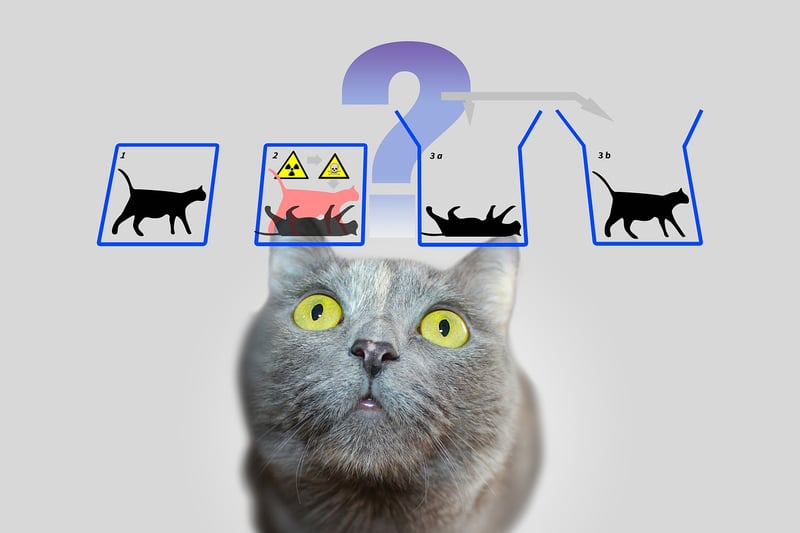Bootstrap Paradox
Navigating Temporal Paradoxes: Understanding the Bootstrap Paradox
Time travel has always been a fascinating concept in science fiction, leading to numerous discussions about paradoxes and their implications. One of the most intriguing paradoxes that often arises in these discussions is the Bootstrap Paradox. Let's delve into this paradox and understand its intricacies.
What is the Bootstrap Paradox?
The Bootstrap Paradox, also known as a causal loop, is a theoretical concept in which an object or information is sent back in time and becomes trapped in an infinite cause-and-effect loop without having a clear origin. In simpler terms, the object or information exists without ever being created.
Example of the Bootstrap Paradox
Imagine a scenario where a time traveler goes back in time and gives Shakespeare a copy of his own plays. Shakespeare then publishes the plays under his name, and they become famous throughout history. The question arises: who really wrote the plays? Did Shakespeare create them, or did they originate from the time traveler who provided them to him?
Navigating the Bootstrap Paradox
Dealing with paradoxes like the Bootstrap Paradox can be mind-boggling, but some theories attempt to explain its occurrence. One such theory suggests the existence of parallel universes or timelines, where the paradoxical events create a separate reality to resolve the inconsistency.
Conclusion
While the Bootstrap Paradox challenges our understanding of causality and time, it also sparks intriguing conversations about the nature of time travel and its consequences. Exploring these paradoxes in fiction allows us to ponder the limits of our knowledge and imagination.

For more information on temporal paradoxes and time travel, check out Wikipedia's article on the Bootstrap Paradox.
